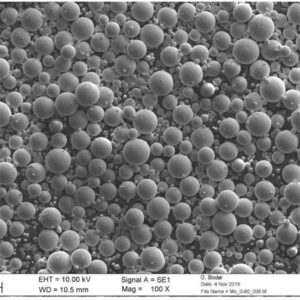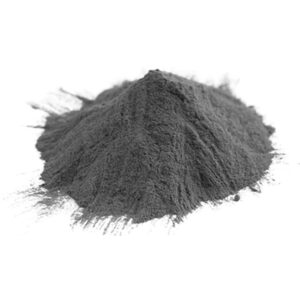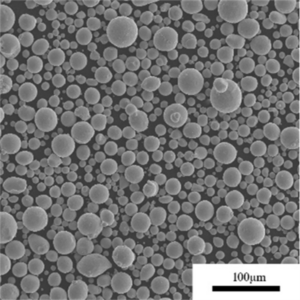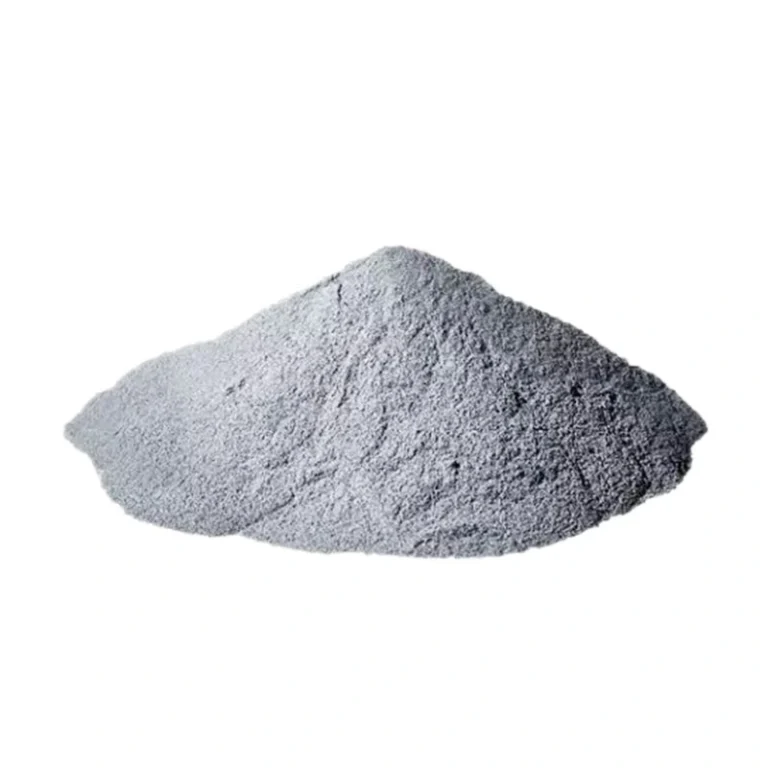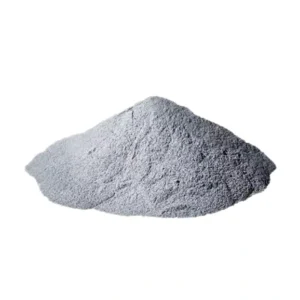概要
Titanium powder is a versatile metallic material valued for its unique combination of high strength, low density, corrosion resistance, and biocompatibility. As a powder, titanium facilitates advanced manufacturing techniques like metal injection molding (MIM), additive manufacturing (AM), hot isostatic pressing (HIP), and powder metallurgy (PM) pressing and sintering to create complex titanium components.
Key applications for titanium powder include aerospace components, medical implants, automotive parts, sporting equipment, chemical processing, and consumer products. This guide provides a comprehensive overview of titanium powder, including production methods, alloy compositions, characteristics, properties, specifications, applications, and global suppliers. It aims to assist engineers, product designers, and technical program managers in selecting and using チタン粉.
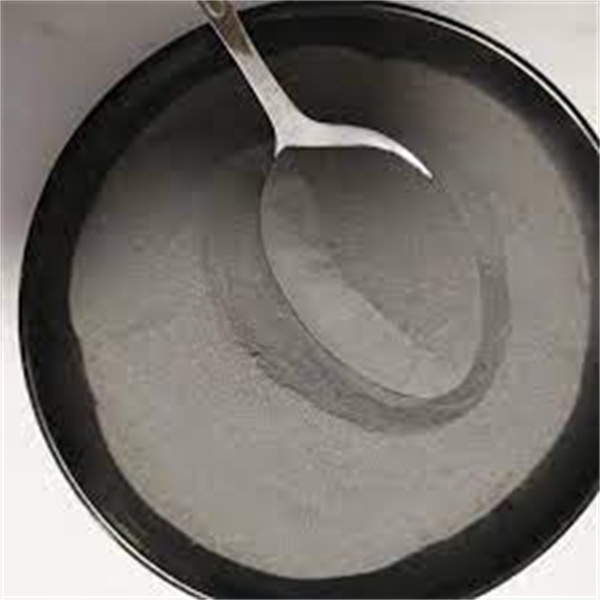
Production of Titanium Powder
Titanium powder is produced using the following primary methods:
チタンパウダーの製造方法
- ガス噴霧 – High pressure inert gas disintegrates molten titanium into spherical powder
- プラズマ霧化 – Titanium electrode arcs create ultrafine spherical powder
- Hydriding/Dehydriding – Titanium hydride powder (TiO2) is dehydrided into fine powders
- 機械加工 – Ball milling breaks down titanium chips into irregular particles
- プラズマ球状化 – Irregular powder melted in plasma to produce spherical shapes
Gas atomization and mechanical milling are most common, creating spherical and angular powder shapes respectively. Additional screening, conditioning, and blending create application-specific particle size distributions.
Compositions of Titanium Powder
While commercially pure チタン粉 are available, most powders for industrial uses contain small amounts of alloying elements:
Common Titanium Powder Compositions
| 合金 | 一次合金元素 | 主な特徴 |
|---|---|---|
| CP Titanium | 99.5%+ Ti | 優れた耐食性 |
| Ti-6Al-4V | 6% Al, 4% V | High strength, heat treatable |
| Ti-6Al-7Nb | 6% Al, 7% Nb | 高強度、生体適合性 |
| Ti-555 | 5% Al, 5% Mo, 5% V | Heat treatable, machinable |
| Ti-1023 | 10% V, 2% Fe, 3% Al | High strength, good ductility |
Aluminum, vanadium, and niobium are common additions to enhance strength and workability. Trace boron, carbon, iron, and oxygen also appear.
Alloying tailors microstructure, hardness, machinability, and other properties while retaining excellent corrosion resistance.
Characteristics of Titanium Powders
Key characteristics of titanium powder include:
Titanium Powder Characteristics
| 特徴 | 代表値 | 意義 |
|---|---|---|
| 粒子径 | 10~150ミクロン | Sintering behavior, surface finish |
| 粒子形状 | Spherical, angular, dendritic | Powder flow and packing density |
| 見かけ密度 | 1.5 – 4.0 g/cc | Pressing and handling behavior |
| タップ密度 | 2.5 - 4.5 g/cc | Indicator of compressibility |
| ホール流量 | 25~35秒/50g | 粉体の流動性 |
| 強熱減量 | 0.1 – 0.5 wt% | Oxygen and moisture content |
| Pyrophoricity | なし | Flammability and handling precautions |
Particle size distribution and powder shape significantly impact powder flow, compaction, sintering response, and density of pressed and sintered parts. Apparent density indicates powder compressibility.
の性質 チタンパウダー
Key titanium powder properties include:
Titanium Powder Properties
| プロパティ | Pure Ti | Ti-6Al-4V | Ti-6Al-7Nb |
|---|---|---|---|
| 密度 | 4.5g/cc | 4.43 g/cc | 4.52 g/cc |
| 引張強度 | 240 MPa | 930 MPa | 900 MPa |
| 降伏強度 | 170 MPa | 860 MPa | 825 MPa |
| 伸び | 24% | 10% | 15% |
| 弾性係数 | 102 GPa | 114 GPa | 105GPa |
| 硬度 | 80 HB | 334 HB | 321 HB |
| Heat Capacity | 522 J/kg·K | 526 J/kg·K | 527 J/kg·K |
| 熱伝導率 | 7.2 W/m·K | 7.2 W/m·K | 6.7 W/m-K |
Alloying with aluminum, vanadium, and niobium enhances strength and hardness significantly. Specific properties depend heavily on final microstructure.
チタン粉末の応用例
Key applications for titanium powder include:
Titanium Powder Applications
| 産業 | 用途 | Key Reasons |
|---|---|---|
| 航空宇宙 | Structural components, turbine blades, fasteners | 高い強度対重量比 |
| メディカル | Orthopedic implants, dental implants, surgical tools | 生体適合性、耐食性 |
| 自動車 | コネクティングロッド、バルブ、スプリング、ファスナー | Light weighting, performance |
| ケミカル | Tanks, pipes, valves, pumps | 耐食性 |
| スポーツ用品 | Golf clubs, bicycles, helmets | Strength, tailored mechanical properties |
| 石油化学 | ダウンホールツール、坑口部品 | Strength, corrosion resistance |
Titanium’s unique properties make it attractive for reducing weight in aerospace components while maintaining mechanical integrity in extreme environments.
Excellent biocompatibility and corrosion resistance drive usage in orthopedic and dental implants. The ability to tailor titanium’s properties facilitates sporting goods with specialized performance characteristics.
Specifications for Titanium Powders
Titanium powder compositions and quality are defined by various standard specifications:
Titanium Powder Standards
| スタンダード | スコープ | 粒子径 | 純度 | 化学 |
|---|---|---|---|---|
| ASTM B348 | Grade 1-4 unalloyed Ti powder | -635 mesh | 99.5%, 99.9%, 99.95% Ti | O, C, N, H limits |
| ASTM B801 | Ti-6Al-4V alloy powder | -635 mesh | Ti, Al, V composition ranges | Interstitial limits |
| ISO 23301 | Additive manufacturing Ti powder | 10~45ミクロン | 99.5%+ Ti | O, N, C, H, Fe limits |
| AMS 4992 | Aerospace grade Ti-6Al-4V powder | -150 mesh | Ti, Al, V composition ranges | Interstitial limits |
These define acceptable levels of alloying additions, impurities like oxygen/nitrogen/carbon, particle size distributions, and other test methods relevant for different applications.
の世界的なサプライヤー チタンパウダー
Many major corporations produce titanium powders along with smaller regional manufacturers:
チタンパウダー製造業者
| サプライヤー | 生産方法 | 材料 | 能力 |
|---|---|---|---|
| ATI Metals | ガス噴霧 | Ti-6Al-4V, Ti-1023, pure Ti | Wide alloy range, large volumes |
| プラクセア | ガス噴霧 | Ti-6Al-4V, CP Ti | Small lots, rapid delivery |
| カーペンター添加剤 | Gas atomization, hydride-dehydride | Ti-6Al-4V, Ti-6Al-7Nb, pure Ti | Custom alloys, small lots |
| エーピーアンドシー | プラズマ霧化 | CPチタン、チタン合金 | Ultrafine 10-45 micron powder |
| テクナ | Plasma spheroidization | Ti-6Al-4V, CP Ti | Convert chips into spherical powder |
| Baoji Hanz Titanium | ハイドライド | CPチタン、チタン-6Al-4V | Low costChinese producer |
Many supply both standard and custom alloy compositions. Some provide toll processing of scrap and chips into powder.
Selecting Titanium Powder
Key considerations for selecting titanium powder include:
- 合金組成 – Balances desired properties like strength, ductility, hardness
- 純度レベル – Affects mechanical properties and microstructure
- 粒子の大きさと形状 – Influences powder flow, density, surface finish
- Apparent and tap density – Indicates compressibility and sintering response
- 化学的適合性 – For service conditions like acids or salt water
- Sampling procedures – Representative testing of powder lots
- 品質認証 – ISO 9001, AS9100, etc.
- 技術的専門知識 from powder producer
Samples builds and prototypes help qualify new alloys and powders for a given application. Work closely with reputable suppliers to obtain well-characterized titanium powder for optimal results.
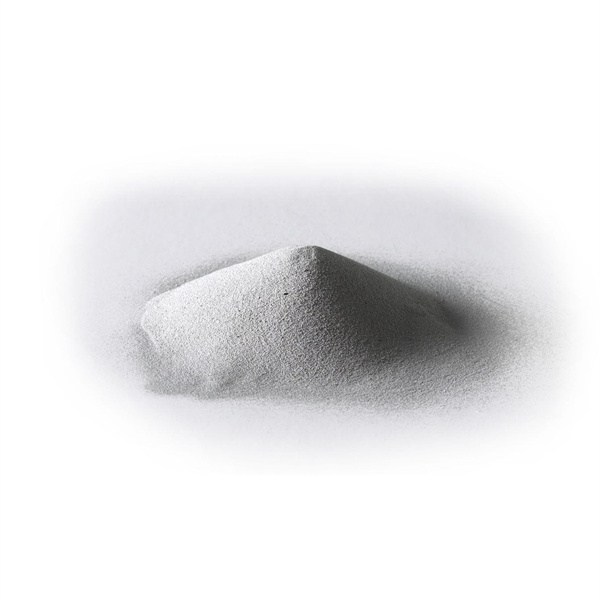
よくあるご質問
What is the benefit of plasma atomized titanium powder?
Plasma atomization produces very spherical, flowing particles typically 10-45 microns in size. This allows excellent sintered density and surface finish.
What causes titanium powder to be pyrophoric?
Pyrophoric titanium powders ignite spontaneously in air. This is caused by extremely small particle sizes below 10 microns which greatly increase surface area and reactivity. Use inert gas handling for pyrophoric powders.
How does particle shape influence titanium powder properties?
Spherical powder flows well and provides higher and more uniform density and mechanical properties. Irregular powder offers better green strength and compressibility but less predictable shrinkage.
What post-processing can improve titanium powder reuse?
Screening, milling, and thermal treatments allow reuse of off-spec powders. Plasma spheroidization converts chips and coarser particles into spherical powder feedstock.
What standards apply to additive manufacturing of titanium parts?
ASTM F3001-14 covers characterization and quality control of Ti alloy powder for AM. ASTM F2924-14 gives standard test methods for evaluating mechanical properties of AM titanium.
Can you 3D print a titanium and steel composite structure?
Yes, some metal 3D printing processes transition between titanium and stainless steel alloys within one part by precise material switching to build bimetallic components.
結論
Titanium powder provides engineers great flexibility to build high performance components thanks to the metal’s unique properties. Careful selection of powder characteristics and close collaboration with experienced suppliers enables optimal results across many critical applications. Ongoing advances continue to expand the capabilities, quality, and cost-effectiveness of titanium powder metallurgy processes.

